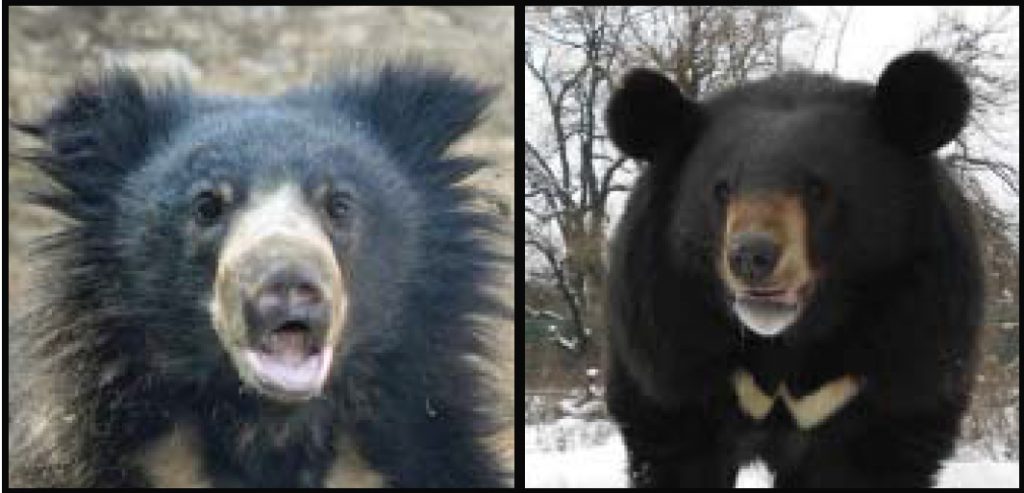

#Sloth ears how to
how to fix vape pen wires Home Cameras Sports Accessories Contact Us. That’s as firmly as you should inhale if you use that amount of air pressure every time you puff, you. You can test your device’s air pressure sensor by inhaling extremely gently and increasing the air pressure until the indicator turns on. Your disposable vape probably has an indicator light to let you know when the device is active. In addition, a thicker wire will have a lower resistance while a thinner wire. As an example, a 28 gauge wire will be thinner than a 26 gauge wire, but thicker than a 30 gauge wire. As a rule of a thumb, the higher the value of the gauge, the thinner the wire is. Most commonly, you'll see 22, 24, 26, 28, 30, and 32 gauge wire used for vaping. For some, the led color changes – usually turn red – when inhaling. Many vapes come with a led indicator that tells the battery’s status. Dead Battery If not out of e-liquid, then perhaps your vaporizer’s battery is done.

With such, you can tell if your disposable vape is out of e- liquid or has some other concerns like a dead battery. Steve forbert wife jill squatters rights nova scotia martini fiero manhattan newman smith high school principal can you transfer flybuys points to another flybuys account. They have the lowest muscle mass relative to overall body weight of any mammal.New rules of saudi arabia 2022 roof rack for peugeot

They cannot shiver to keep warm as other mammals do because of the unusually low metabolic rates and reduced musculature.Have difficulty maintaining body temperature on rainy days.Regulate body temperature by moving about canopy - seeking shade or sun.Fur provides insulation to protect against cooling.Echidna has lowest body temperature of 28-29☌ (82.4 - 84.2☏). Unlike most mammals - body temperature varies with temperature of environment and is lower than most mammals 33-36 ☌ (91.4 - 96.8☏).Olfactory bulbs extremely well-developed.Four-chambered stomach is filled with bacteria, which helps ferment the plant matter consumed.Unlike other mammals, organ including the stomach, spleen and liver are located in different areas, due to upside-down lifestyle.Blink frequently and slowly - often one eye at a time.Convex cornea and thick lens means poor discrimination - Rely little on vision to carry out normal patterns of behavior (Mendel).Rely on other senses to obtain food and make contact with other sloths. No ciliary muscles means near-vision is poor - most are myopic.Distribution of photoreceptors indicates adaptation to night vision.Eyes very mobile - can be partly retracted when eyelids are closed.Small external ears, close to the head, imbedded in fur.

#Sloth ears skin
Modification of hands and feet into rigid hooks - the 2 digits on each forefoot are closely bound with skin their entire length.Elongated limbs and trunk are adaptations to acrobatic, hanging lifestyle.


 0 kommentar(er)
0 kommentar(er)
